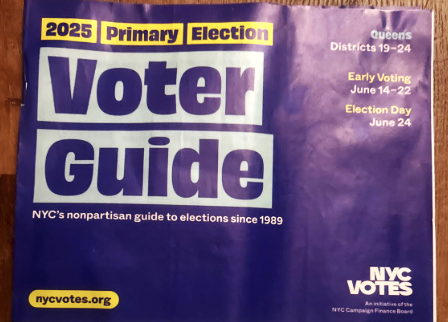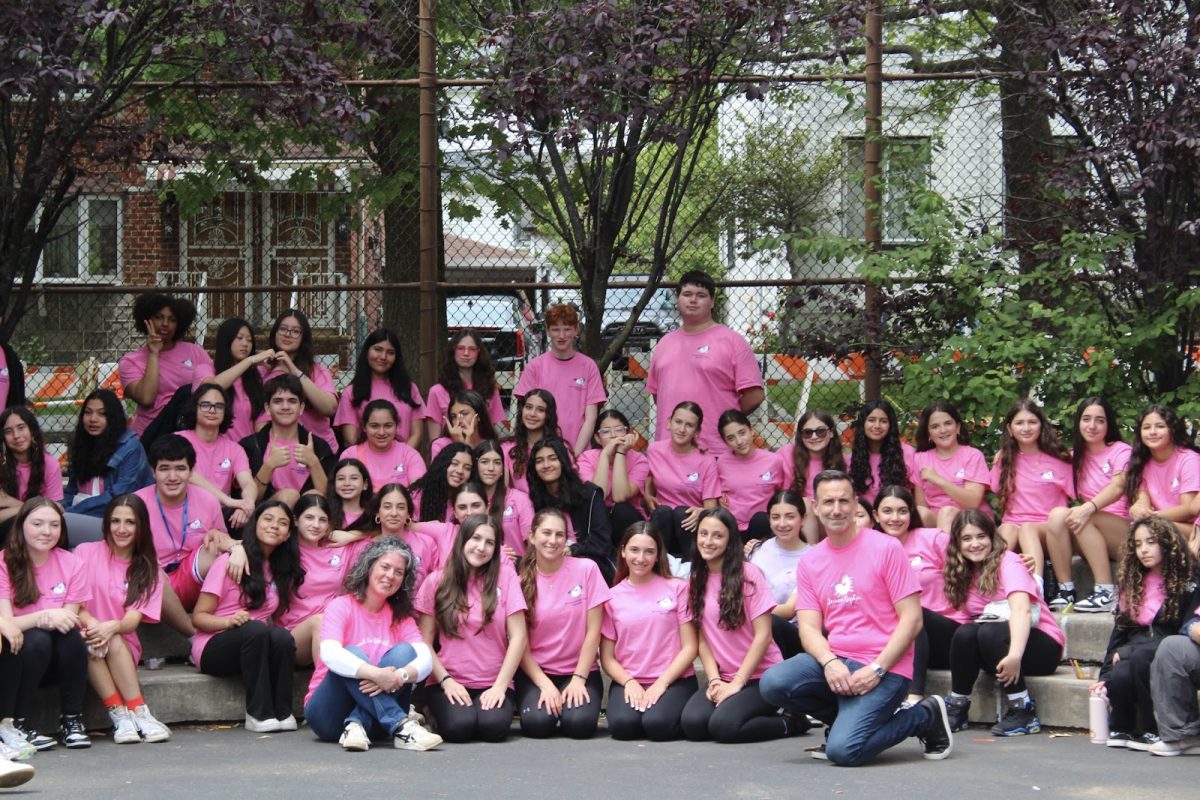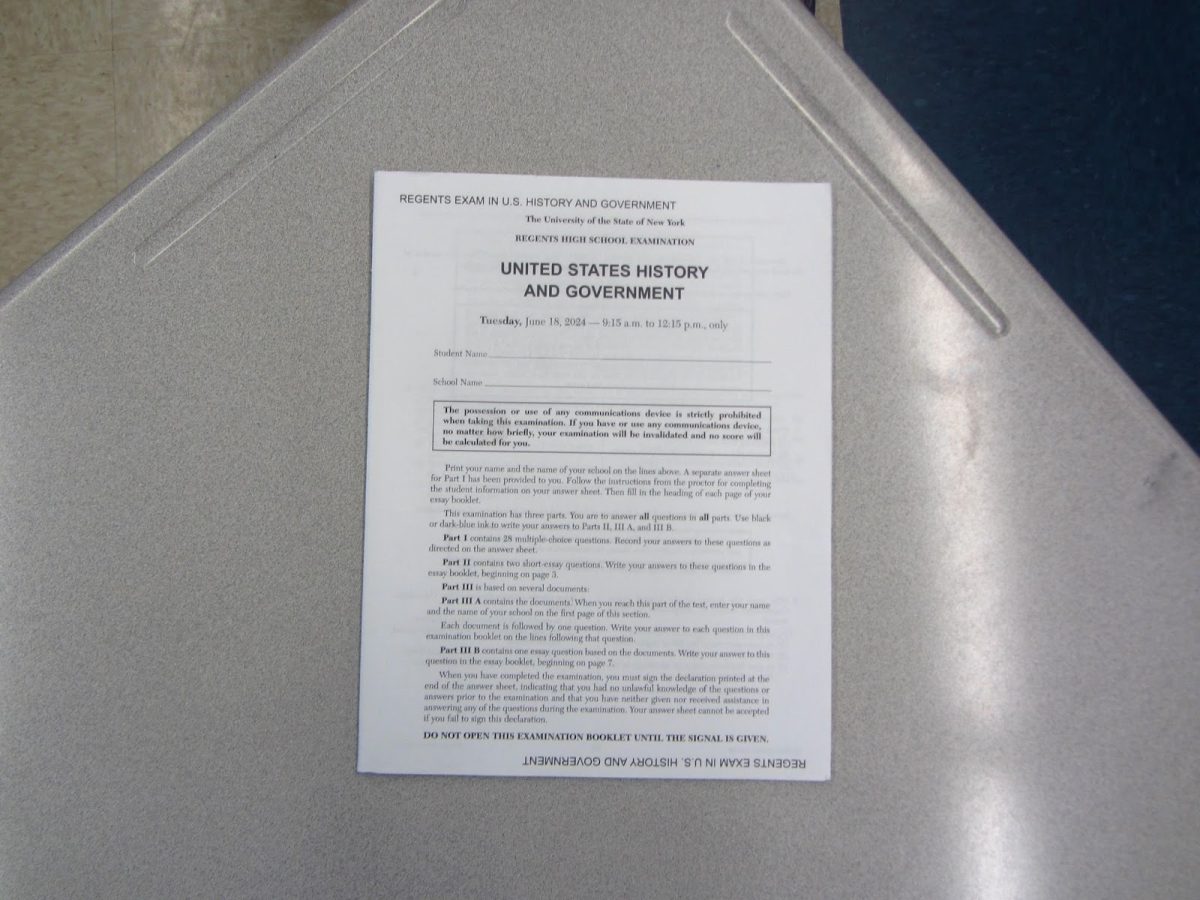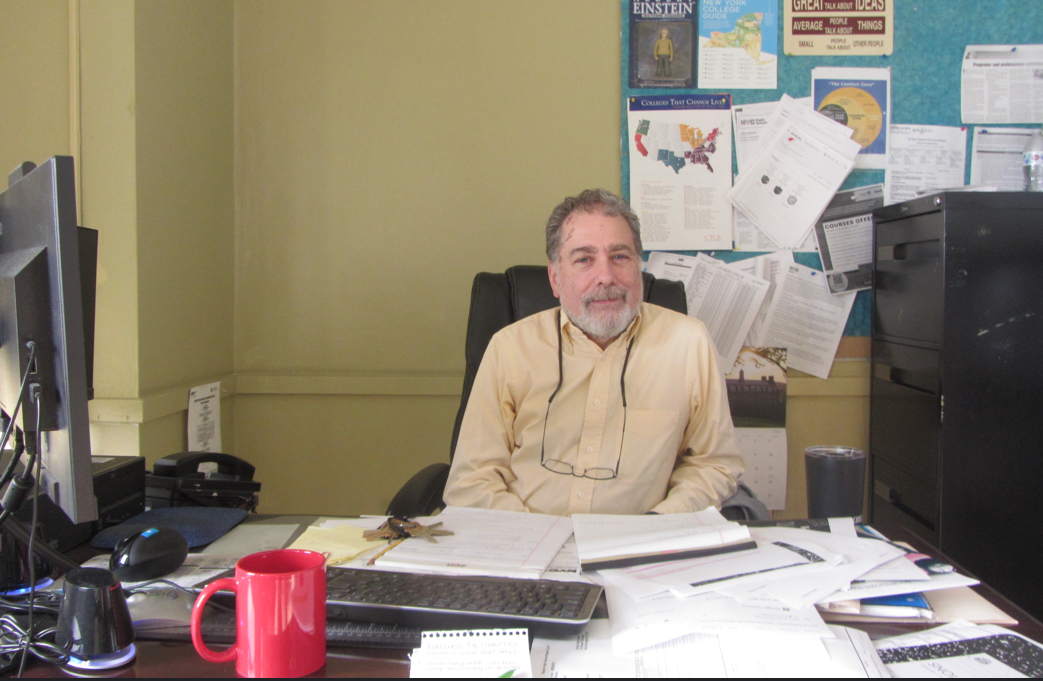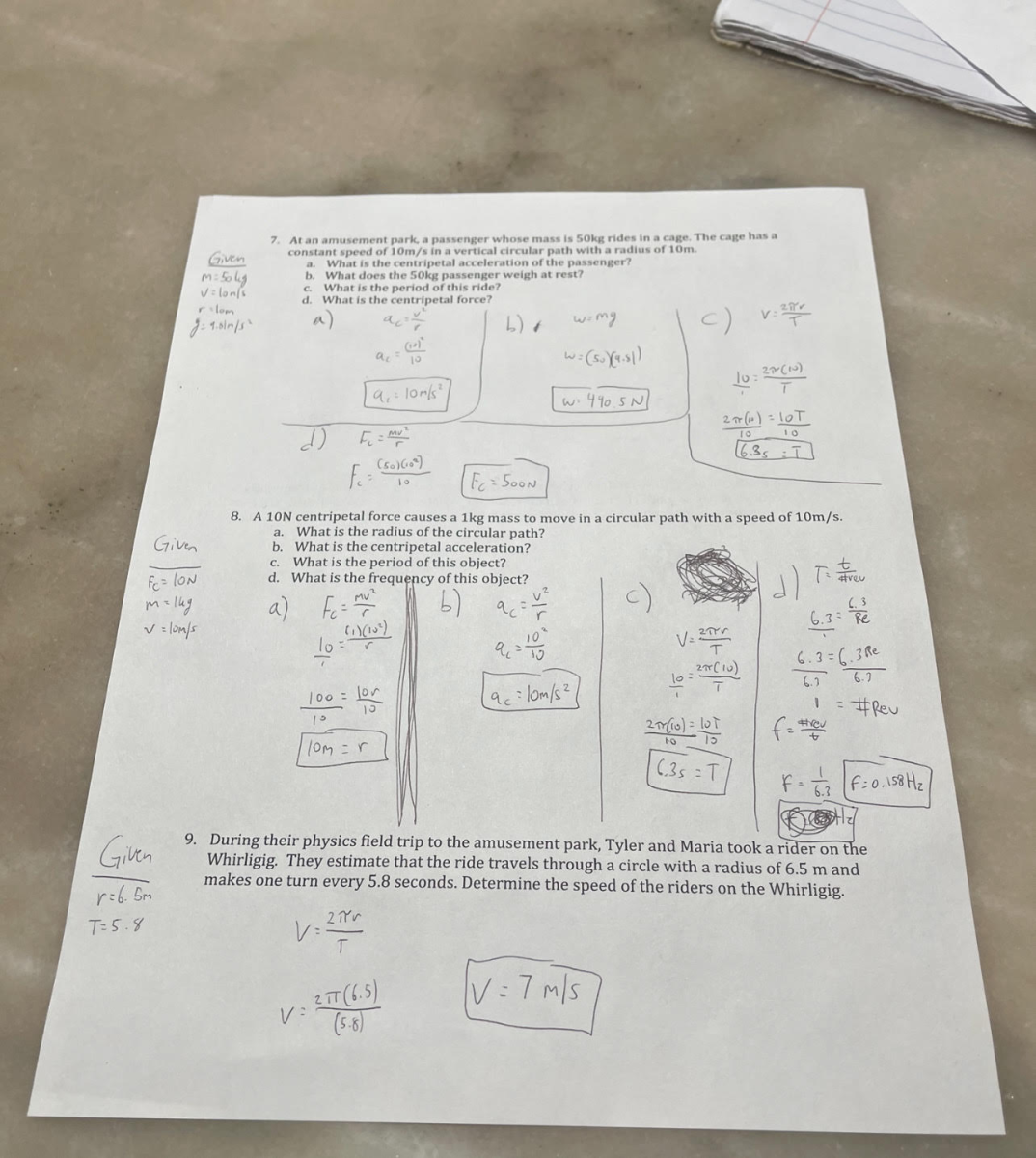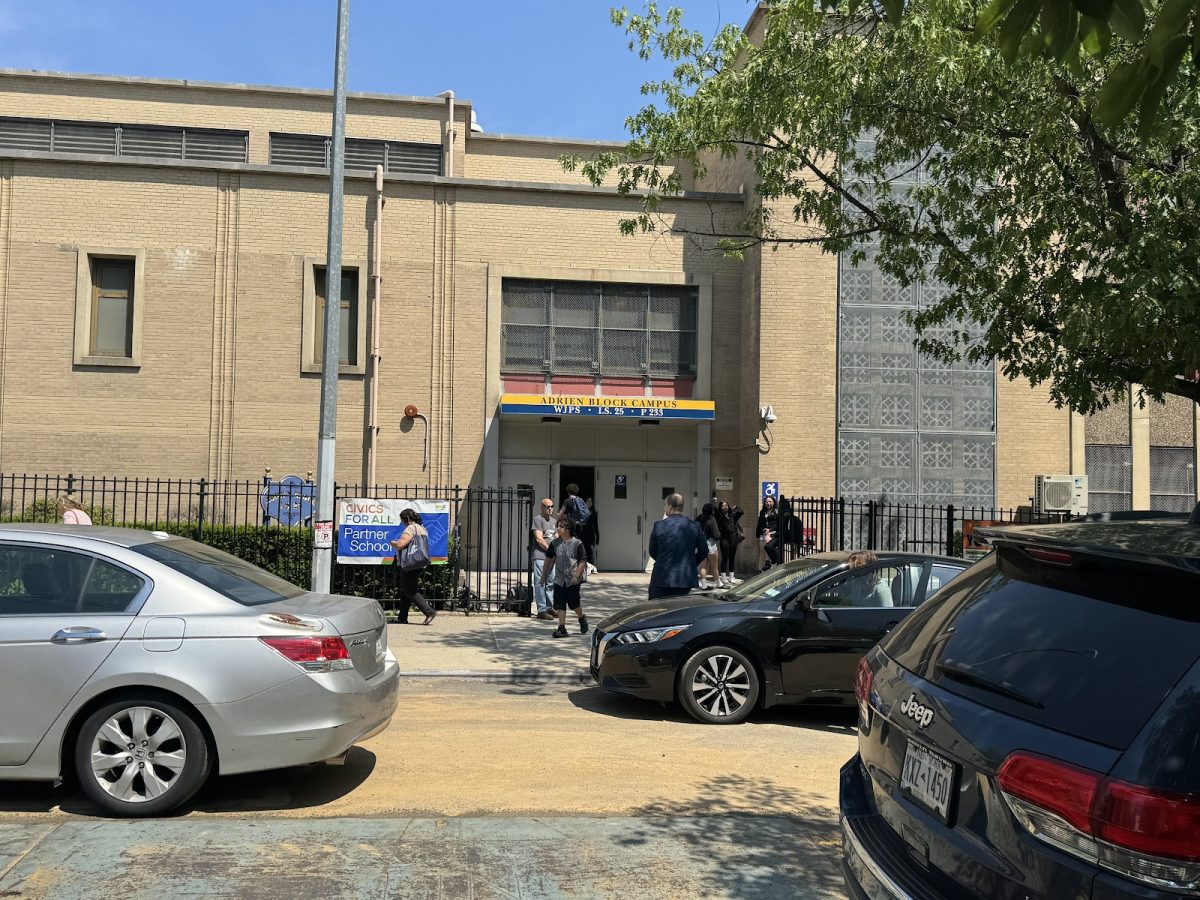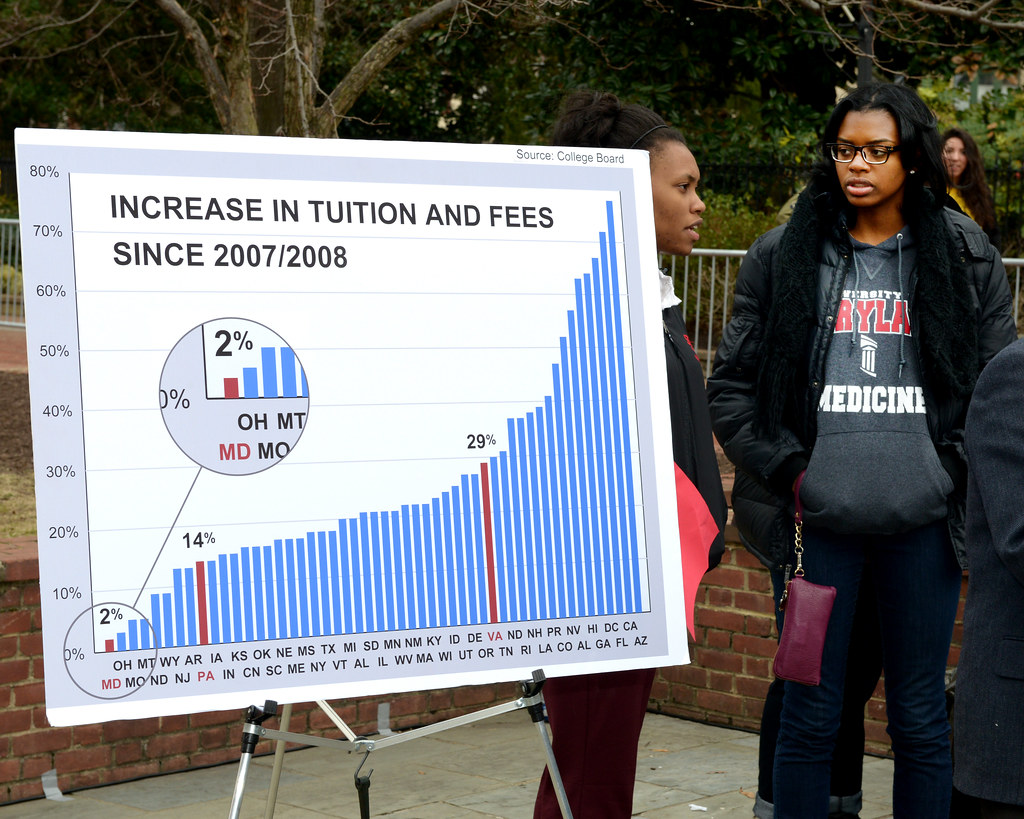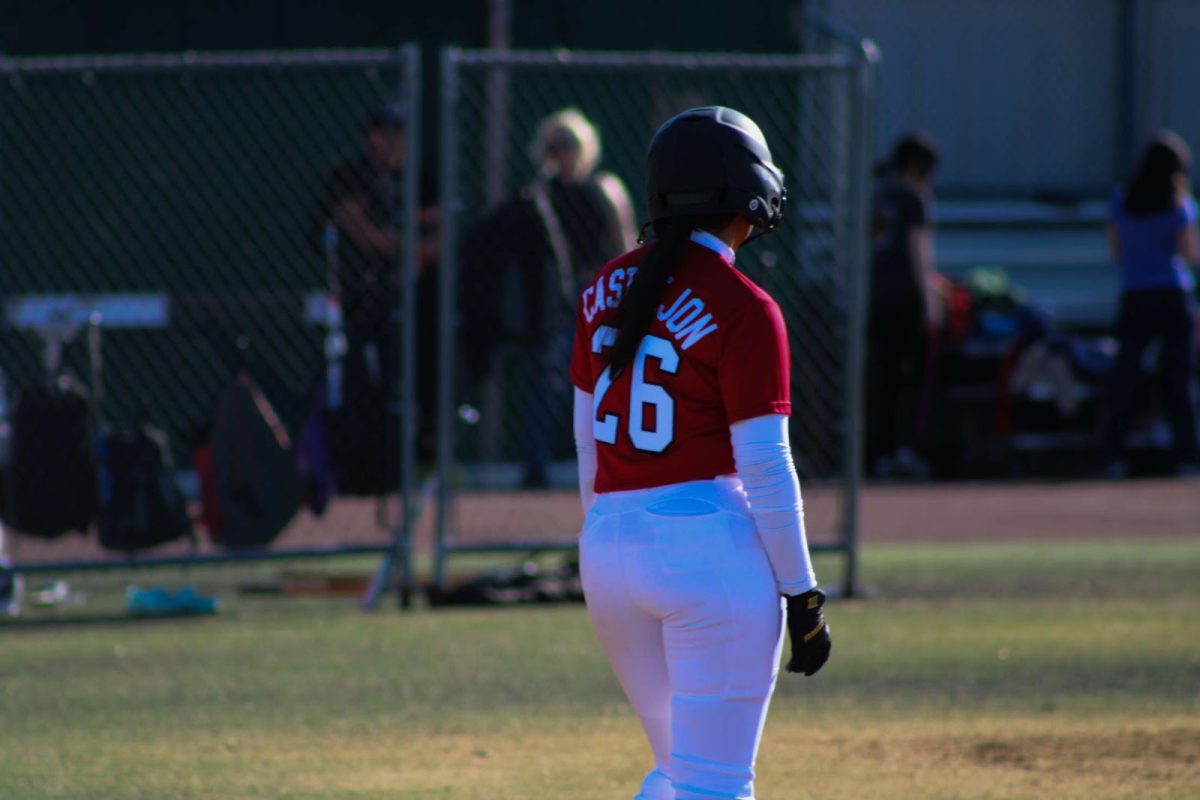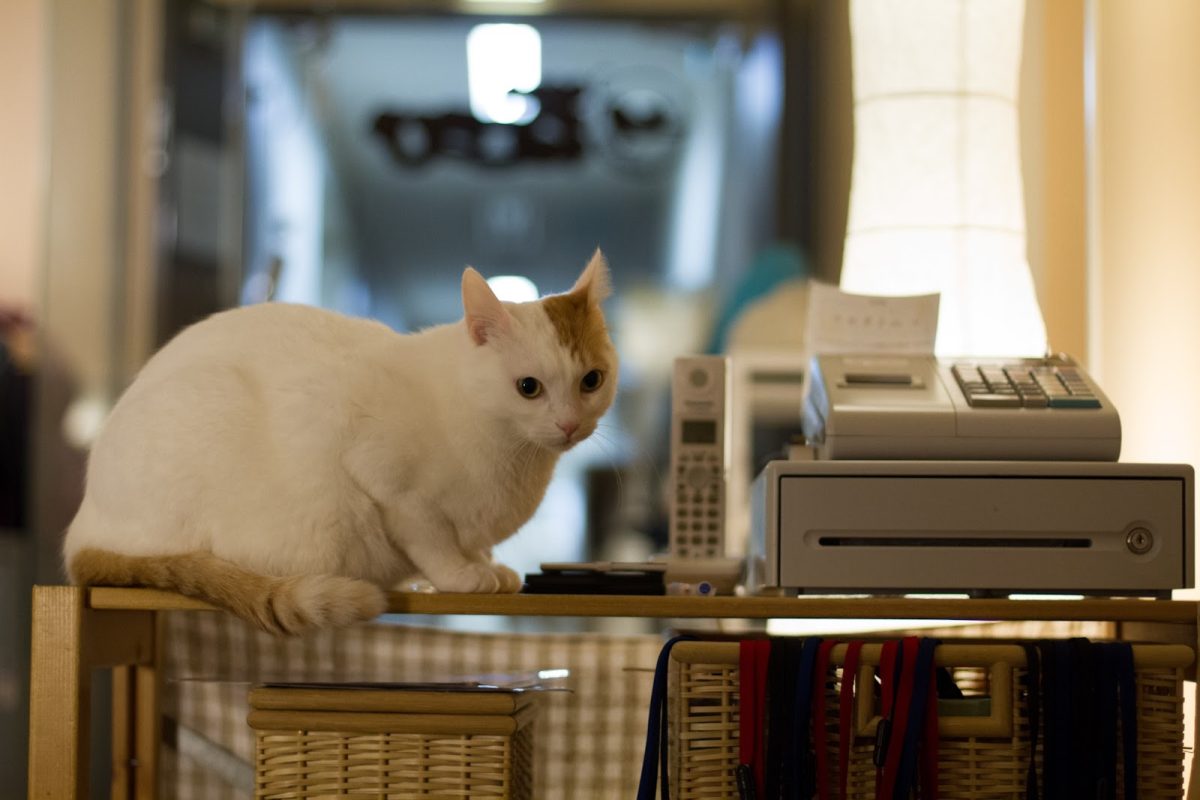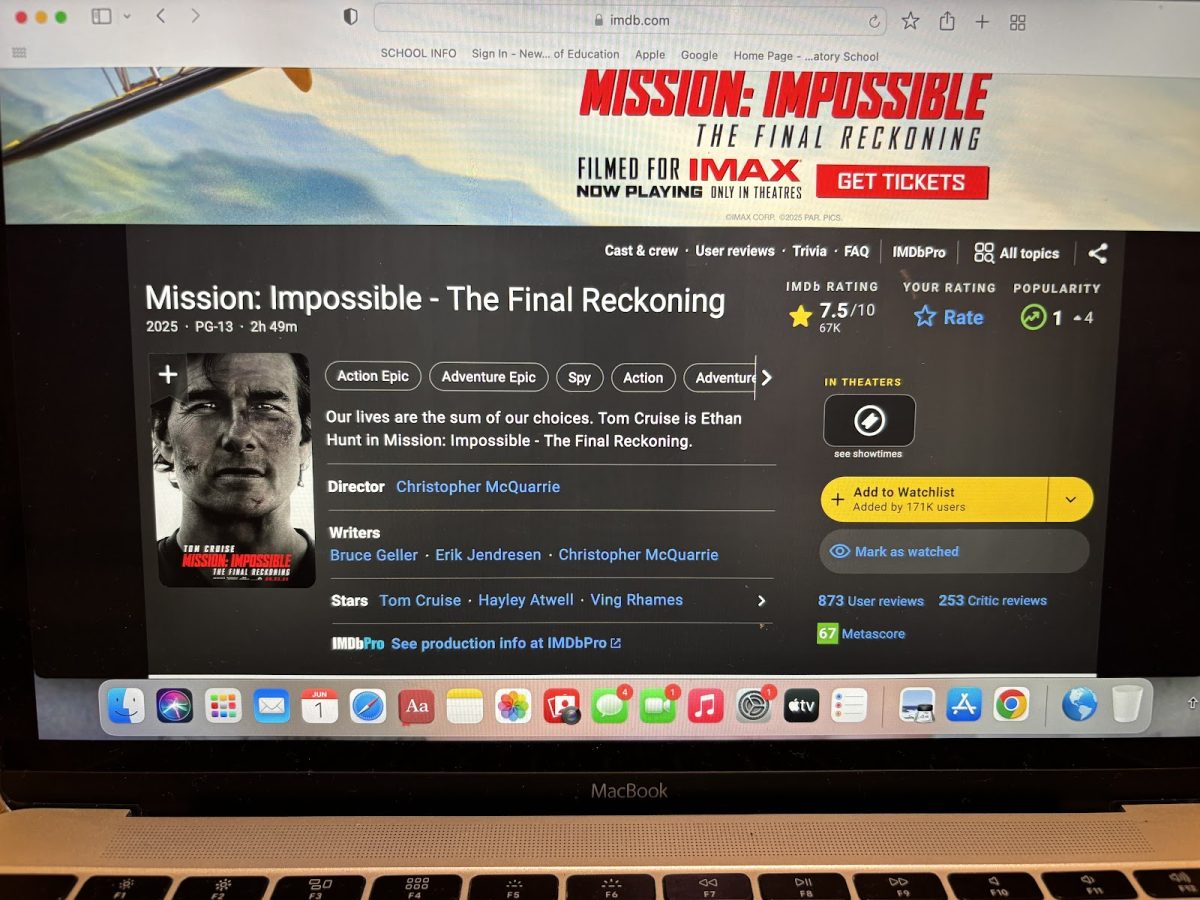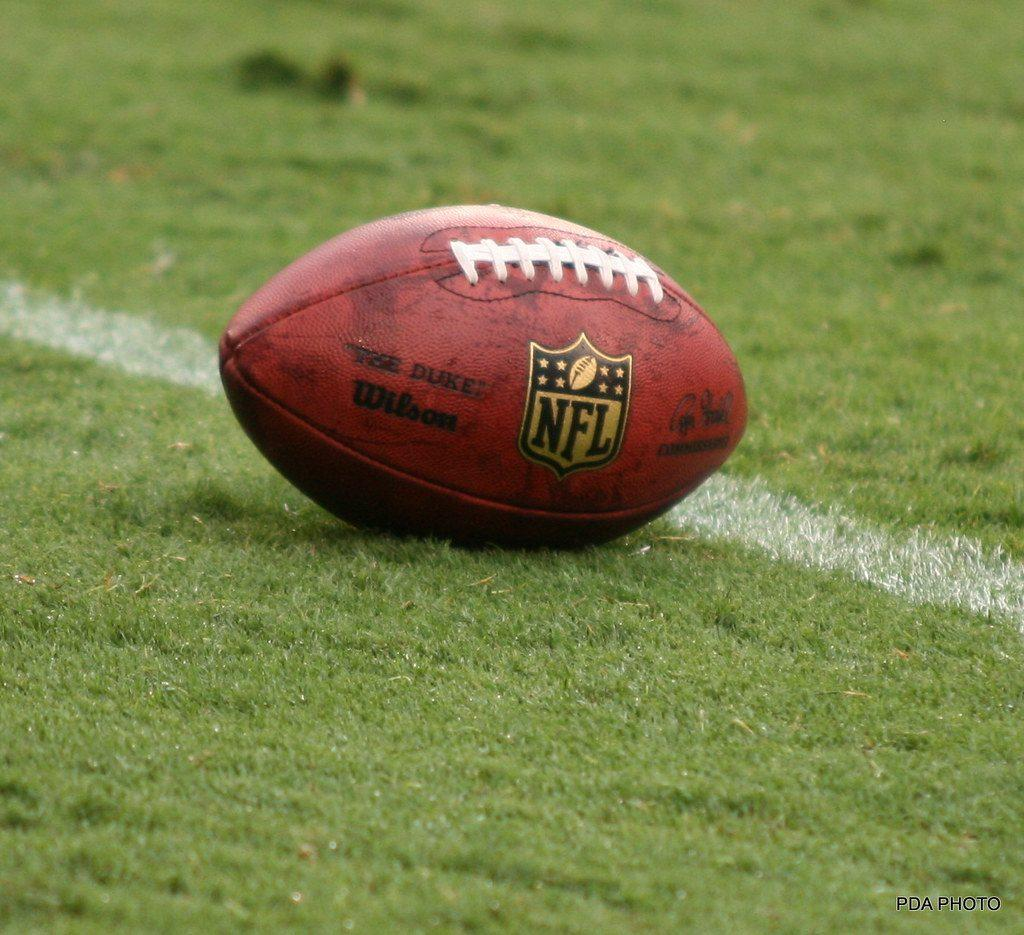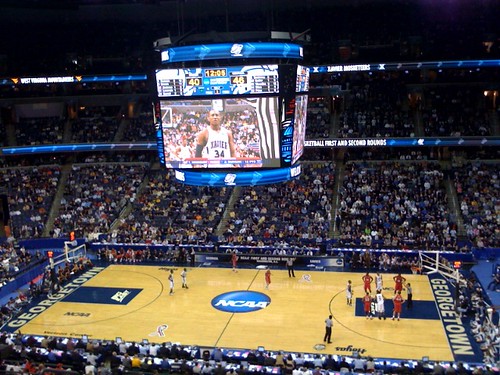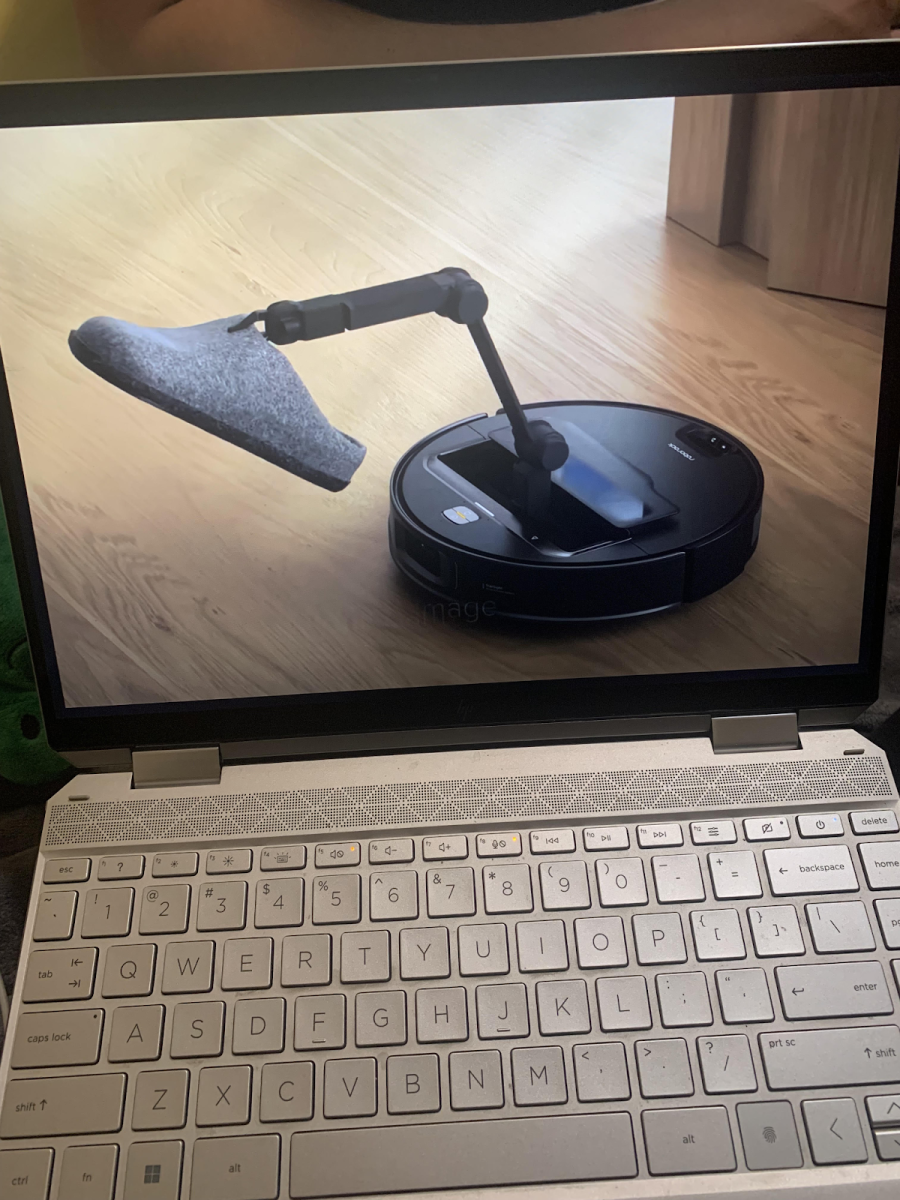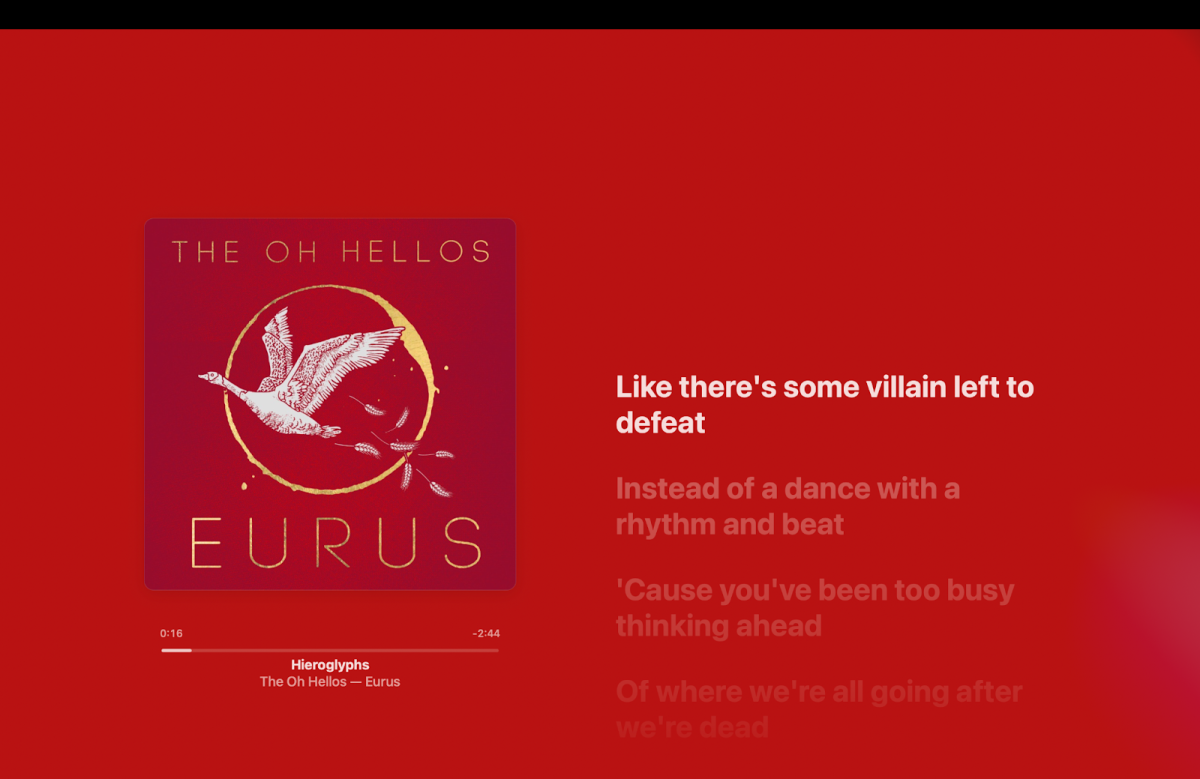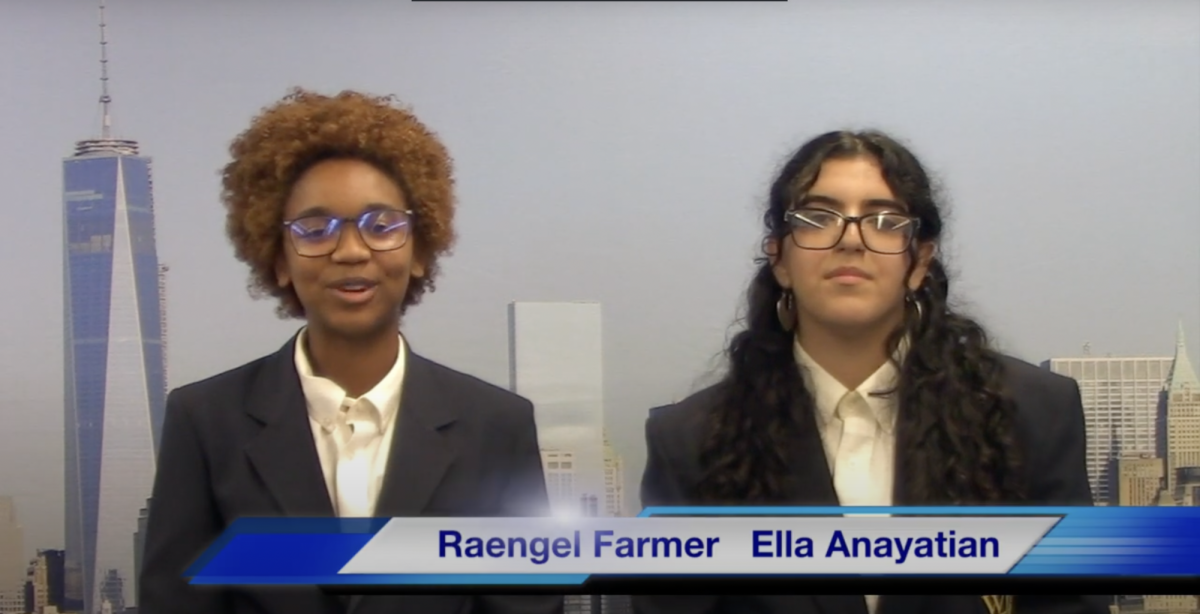by Brianna Paolotti, staff reporter

Alexander Heit’s life and final text was quickly cut off mid sentence. Police had reported that the 22 year old, had drifted into oncoming traffic, jerked the steering wheel and his car went rolling off the road. Alexander had been responding to a friend. His last text read, “Sounds good my man, seeya soon, ill tw” before he crashed his car and died [source].
According to Texting and Driving Safety, 196 billion text messages are sent or received in the US. Vehicle crashes are one of the top causes of death for 15-20 year olds, and about 6,000 deaths are caused by distracted drivers every year. As if driving with distractions wasn’t dangerous enough, putting a teenager with a cell phone behind the wheel makes it much worse.
The popularity of mobile devices has had some unintended and even dangerous consequences. Texting and driving are linked to a significant increase in distracted driving, resulting in injury and death. The National Highway Traffic Safety Administration reported that in 2010driver distraction was the cause of 18 percent of all fatal crashes with 3,092 people killed and accidents resulting in an injury of 416,000 people wounded.
40% of all American teens state that they have been in a car when the driver used a cell phone in a way that put people in danger.
Text messaging creates a risk of crashing. According to Texting and Driving it’s 23 times worse than driving while not being distracted. Drivers aged 18 to 20 who were involved in an automobile accident and survived admitted they were sending or receiving texts when they crashes.
“At our Driving School, [one] part of our five hour classes is [that] we show a variety of videos that give teens drivers simple, clear instructions not to use their wireless devices while driving. One of the videos is an episode from Dr. Phil’s talk show on how teens are distracted. It explained how a boy had actually murdered a man being distracted behind the wheel. It goes well with new drivers before they are about to get their licenses, because it discusses the fact that taking their eyes off the road even for a few seconds could cost someone injury, or even death,” driving instructor Richard Harris said.
Teens make up the largest portion of drivers who get distracted behind the wheel. According to Texting and Driving, 40% of all American teens say they have been in a car when the driver used a cell phone in a way that put people in danger. Drivers who use handheld devices are four times more likely to get into crashes serious enough to injure themselves.
“When picking up a student while giving a driving lesson, I usually tell the driver to turn their cell phone off or leave it at home. Before having a road test, we usually ask people to identify the most dangerous distraction on the highway today; about half [answer] with cell phones. It blows my mind how this generation, they’re so attached to these mobile devices and how quick it can become a distraction especially when driving. These small pieces of technology are not only putting the driver at risk, but others surrounding them,” driving instructor Ezra Phillips said.
Textinganddrivingsafety reported that in 2011, 3,331 people were killed in crashes involving a distracted driver, compared to the 3,267 in 2010. An additional 387,000 people were injured in vehicle crashes involving a distracted driver. Yet Teens have ignored these statistics; instead, they increasingly use phones, and even laptops, to turn their cars into mobile offices and entertainment centers, making roads more dangerous.
“Since I have recently got my license, I would have to say that yes, my phone is somewhat a distraction while I am driving. I usually just check my phone at red lights, but I try my best not to get too focused on my phone,” junior Leeann Mello said.
Helpful Tips every parent should know to help keep their teens safe on the road:
[Source]
-
Be a model driver. Parents are the first and best driving instructors. They are role models who lead by example.
-
Insist that teens always wear a seat belt. Peer pressure must never take a backseat to safety.
-
Educate teens to avoid distractions and limit all other activity while on the road. Texting and cell phones are not the only distractions. For example, eating while driving, bringing pets into the vehicle, and other outside things can all interfere with keeping one’s eyes on the road.
-
Restrict teen passengers, whether friends or relatives. For every additional teen passenger in the car, chances of distractions that could lead to accidents increase.
“I had my License for about a year now, and it’s almost impossible to not check my phone if it does go off. I’d admit that my phone is a definitely constant distraction at times, as it goes I think with any other teen with a cell phone. I always remind myself that a simple text can not only put myself in danger but those who are in the car with me,” new driver and former WJPS student Sarah Bianchi said.
Sites like distraction.gov offer an interactive map that shows different states, and provides information about the laws against Texting and Driving. On other sites like It Can Wait (www.itcanwait.com/), there are pledges to join to try and put a stop to Texting and Driving. Because of this, many other states are attempting to push new laws that would enact full bans on handheld cellphone use while driving. When a driver texts, they should remember that in the five seconds they look away to check their phone, not only are they putting themselves in danger, but the people around them as well. A text message can always wait.

